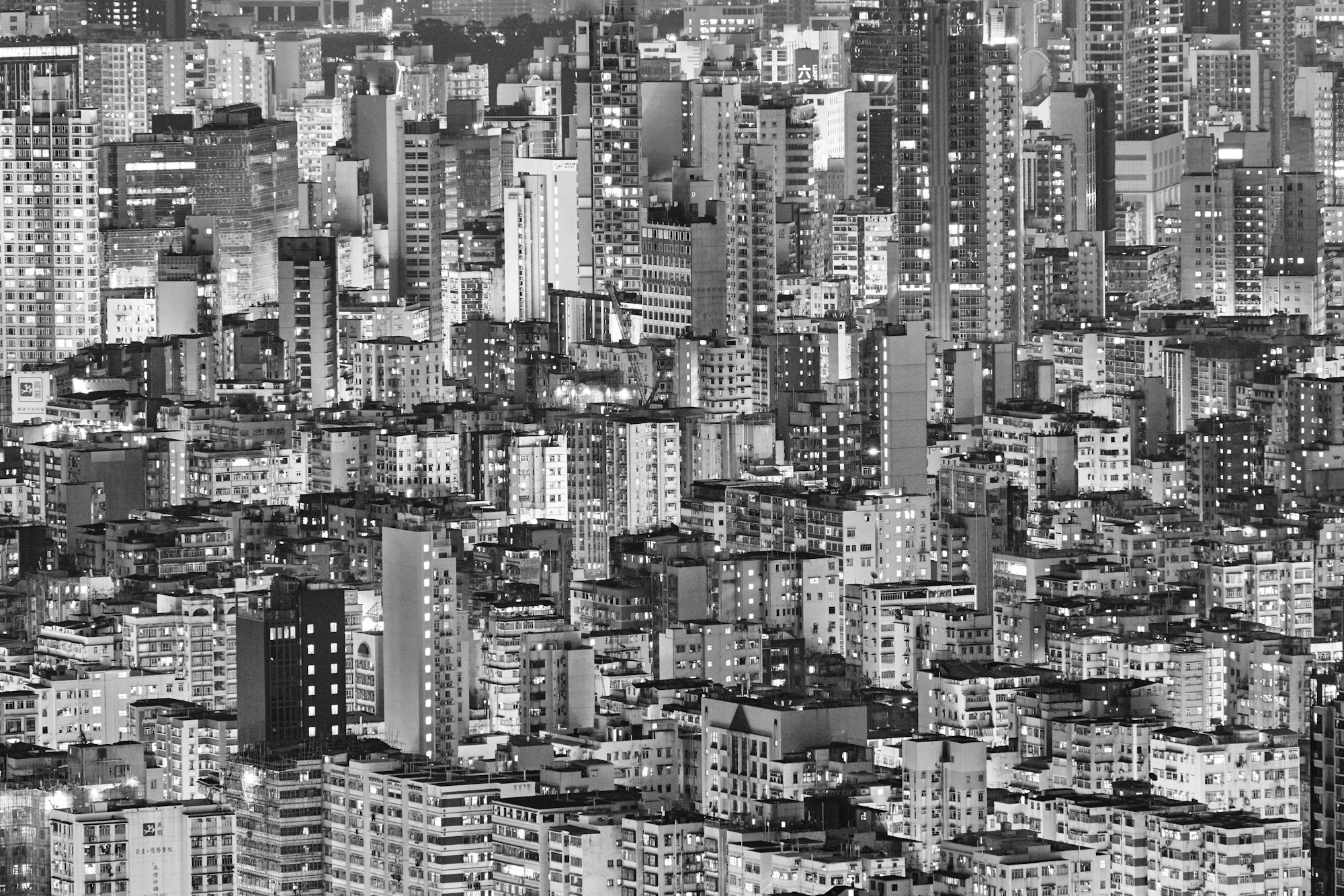Skyscrapers and Sustainability: Building the Future
An in-depth look at how skyscrapers are evolving to meet sustainability goals, integrating eco-friendly practices into their design and construction.The rapid growth of urban populations necessitates innovative solutions to accommodate the influx of residents while minimizing environmental impact. Skyscrapers offer an effective solution by utilizing vertical space, allowing cities to expand upward rather than outward. This not only helps preserve green spaces but also reduces urban sprawl, a growing concern for many metropolitan areas. By concentrating resources and infrastructure within a smaller footprint, skyscrapers can play a crucial role in fostering sustainable urban environments.
One of the most significant trends in sustainable skyscraper design is the incorporation of green building practices. This includes using renewable energy sources, such as solar panels and wind turbines, to power buildings. Many modern skyscrapers are designed with energy-efficient systems that optimize heating, cooling, and lighting. The Bullitt Center in Seattle, often dubbed the “greenest commercial building in the world,” exemplifies these principles with its rainwater harvesting system and solar energy capabilities, setting a high standard for future skyscraper designs.
In addition to energy efficiency, the concept of biophilic design is becoming increasingly popular in skyscraper architecture. Biophilic design emphasizes the connection between humans and nature, incorporating natural elements into the built environment. Features such as living walls, rooftop gardens, and natural light play a vital role in promoting the well-being of occupants. These elements not only enhance the aesthetic appeal of skyscrapers but also contribute to improved air quality and mental health. For example, the Bosco Verticale in Milan, with its extensive greenery integrated into the structure, illustrates how biophilic design can transform urban spaces into healthier environments.
Water conservation is another critical aspect of sustainable skyscraper design. Innovative technologies are being implemented to minimize water usage and maximize recycling. Rainwater harvesting systems can capture and reuse rainwater for irrigation and plumbing, significantly reducing demand on municipal water supplies. Additionally, many skyscrapers are now equipped with greywater recycling systems that treat and repurpose wastewater for non-potable uses. These practices not only lower water consumption but also contribute to the resilience of urban infrastructure in the face of climate change.
Smart technology is revolutionizing skyscraper management, making them more efficient and responsive to the needs of occupants. Building management systems that utilize sensors and data analytics can monitor energy usage, detect maintenance needs, and adjust lighting and climate controls automatically. This level of automation not only enhances comfort for residents but also significantly reduces energy waste. Skyscrapers equipped with smart technologies can achieve higher operational efficiency and contribute to a more sustainable urban ecosystem.
Another notable trend in skyscraper design is the emphasis on materials. Architects are increasingly opting for sustainable materials that minimize environmental impact and enhance building performance. This includes the use of recycled materials, low-VOC paints, and sustainable wood sources. For instance, cross-laminated timber (CLT) is gaining popularity in skyscraper construction for its strength, lightweight nature, and low carbon footprint. By prioritizing sustainable materials, architects can create buildings that are not only visually appealing but also environmentally responsible.
As the focus on sustainability grows, the concept of adaptive reuse is becoming a vital strategy in urban planning. Many cities are choosing to repurpose existing buildings, transforming them into modern skyscrapers that retain historical significance while meeting contemporary needs. This approach not only preserves the cultural heritage of urban areas but also reduces the environmental impact associated with new construction. A notable example is the transformation of the historic Battersea Power Station in London into a mixed-use development, which includes residential units, offices, and retail spaces while maintaining its iconic architecture.
Community engagement is also a crucial component of sustainable skyscraper development. Many projects now prioritize the input of local residents and stakeholders during the design process, ensuring that new developments align with community needs and values. By fostering a sense of ownership and pride among residents, skyscrapers can contribute positively to the social fabric of urban areas. This participatory approach can enhance the effectiveness of sustainability initiatives, as community members often have valuable insights into the unique challenges and opportunities within their neighborhoods.
The role of policy and regulation cannot be overlooked in the pursuit of sustainable skyscraper development. Government incentives and building codes that prioritize sustainability can significantly influence design and construction practices. Cities like San Francisco and Toronto have implemented ambitious green building standards, encouraging developers to adopt eco-friendly practices. These policies not only promote sustainability but also position cities as leaders in the global effort to combat climate change.
Looking to the future, the skyscraper of tomorrow will be a reflection of our commitment to sustainability and innovation. As technology continues to advance, we can expect to see even more integration of smart systems, renewable energy sources, and biophilic design principles. The future of skyscrapers will not only be about height but also about harmony with the environment and the well-being of their occupants.
In conclusion, skyscrapers are evolving to meet the challenges of sustainability in urban development. By embracing eco-friendly practices and innovative technologies, modern skyscrapers are becoming integral components of sustainable cities. As we navigate the complexities of urban growth and environmental stewardship, skyscrapers will play a crucial role in shaping a more sustainable future for urban living. By prioritizing sustainability, architects and developers can create buildings that not only stand tall but also contribute positively to the planet and the communities they serve.
